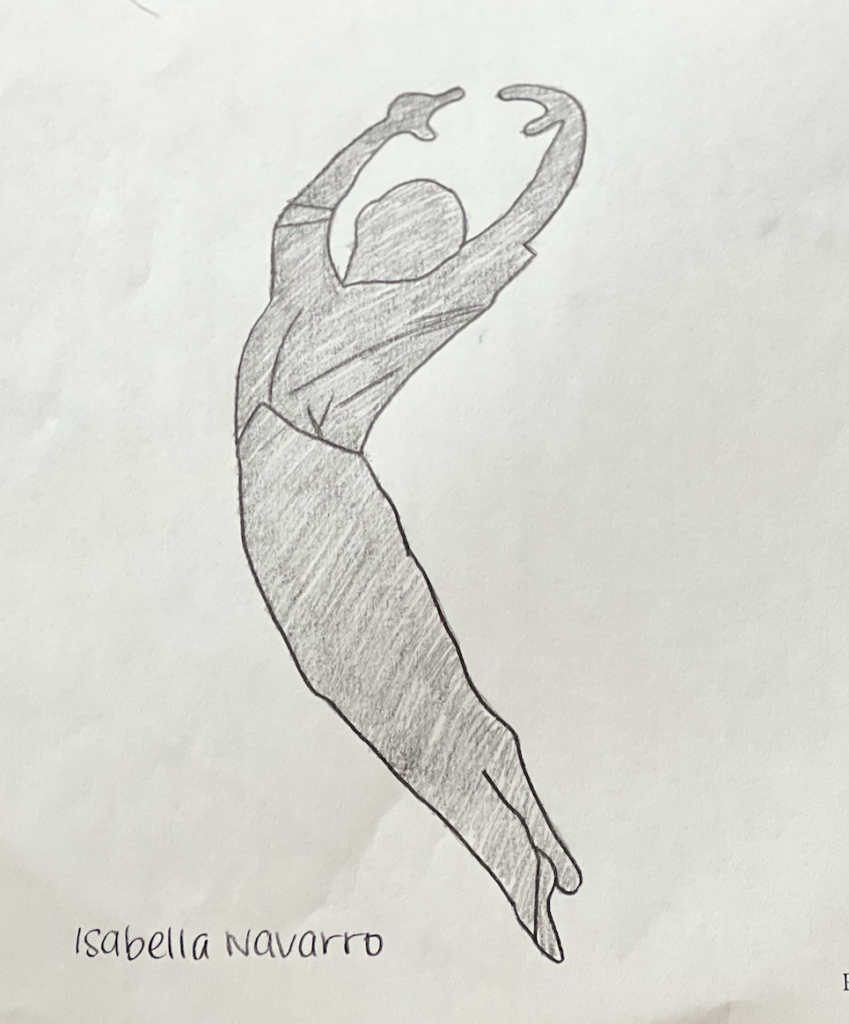For this project I chose to further my research about the skeletal system, specifically comparing the 4 types of bone shapes. There are 4 types of bone shapes. Long bone which has a long thin shape, short bone which has a squat cubed shape, flat bone which has a flattened and broad surface, and irregular bone which has a shape that does not conform to the others. Long bones are made to support the weight of the body and to facilitate movement. The short bones provide stability to the wrist and ankle joints and also help facilitates some movements. Flat bones serve to protect your internal organs or to provide a connection point for your muscles. Ans similar to flat bones they are made to protect various parts of your body. The topic I chose to incorporate this objective is dance. I will be talking about how the shapes and structures of our bones relate and effect dancers. The reason I chose this is because I was a dancer for most of my life and I wanted to learn about how it effects our bones.
Long bones are hollow shafts which are also full of bone marrow. Because most dancers start their training at a young age and a crucial phase of bone health it is important to be careful. As you age your skeleton changes and because at a young age your bones contain a lower amount of buildup of mineral content you are at a higher risk of risk fracture. Because long bones’ main function is to support the weight of the body and facilitate movement, they are a huge part of dancing. For example, in ballet you put a lot of strain on your feet and your leg bones and your leg bones (which are long bones) including the femur, the tibia and fibia all take a lot of strain and need to be strong to be able to sustain all of the weight that is put on those bones. Short bones are very crucial for dancers as well. Because they provide the stability to the wrist and ankle joints without them dancers wouldn’t be able to jump, or point their toes, or do their turns, and all of the extremely difficult movements they have to do. Flat bones are important to dancers as well because they protect all of our major organs. Dancers fall and trip all the time and our flat bones help keep our organs safe.
These are just some connections that I made about the different types of bones and something that related to me that I experienced in a day-to-day activity. All of our bones have specific/different functions that is critical to keeping us safe, facilitate the way that we do things and the way we function in our day-to-day lives. But even though they all have different functions they all have one thing in common which is as a whole they provide shape and support for the body and without them we would all look like twizzlers 😊

